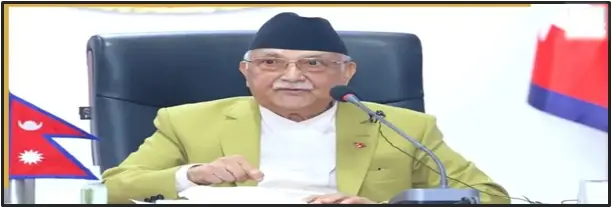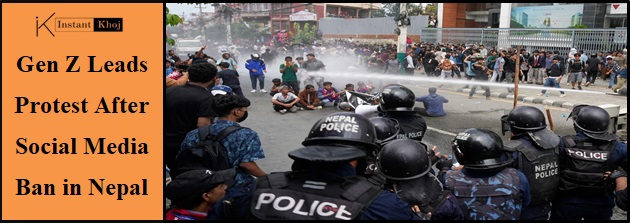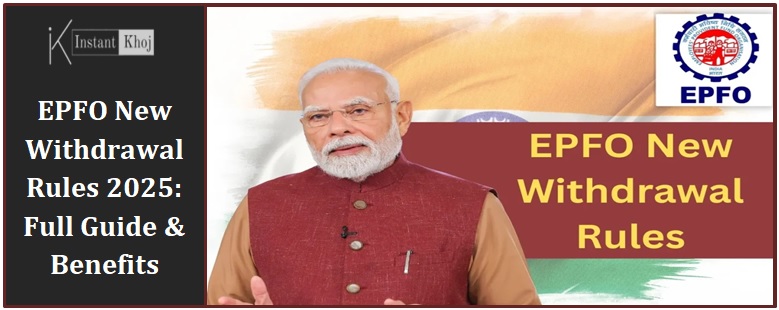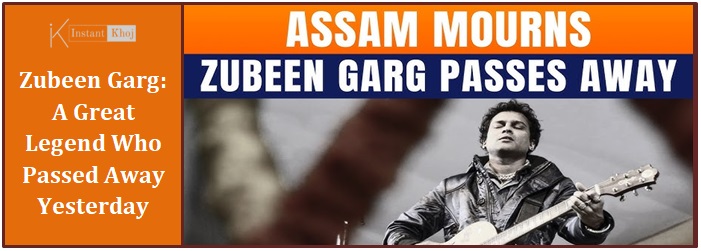Kathmandu, Nepal — In a dramatic turn of events, the Government of Nepal recently imposed and then lifted a controversial ban on 26 major social media platforms, including Facebook, WhatsApp, Instagram, YouTube, and X (formerly Twitter). The move triggered massive youth-led protests, leading to the deaths of at least 19 people, injuries to over 100, and the imposition of curfews in major cities.
The protests—primarily driven by Gen Z and university students—have been hailed as one of Nepal’s largest civil uprisings in recent years. As the government struggles to regain public trust, many are now questioning whether this ban was a crackdown on digital rights or a misstep in regulating online content.

What Happened: A Ban That Ignited a Nation
On September 5, 2025, the Nepalese government announced a sudden and sweeping ban on 26 social media platforms. The official reason? These platforms had failed to comply with new government regulations requiring:
-
Local registration and licensing
-
Establishment of liaison offices in Nepal
-
Submission to a state monitoring framework
While the government claimed this was an effort to regulate misinformation and ensure national cybersecurity, critics saw it as an attack on free speech and an attempt to censor anti-corruption voices online.
Platforms That Were Banned
The blocked platforms included:
-
Microblogging/social media: X (Twitter), Reddit, Threads
-
Messaging apps: Telegram, Signal Line, and Snapchat
Interestingly, TikTok and Viber remained accessible. According to government officials, these apps had “cooperated with local compliance mechanisms.”

The Rise of Gen Z Protesters
Almost immediately after the announcement, students and young people—who rely heavily on these platforms for communication, education, activism, and employment—mobilized both offline and online (via VPNs).
Protest Highlights:
-
Massive gatherings in Kathmandu, Pokhara, and Biratnagar
-
Demonstrators chanted: “Stop corruption, not social media” and “No to censorship, yes to freedom”
-
Students created digital art and protest music that went viral on TikTok and Instagram before the ban
This digitally-savvy generation coordinated rallies using VPNs and mirror websites, ironically turning the ban into a viral symbol of governmental overreach.
Violence and Police Crackdown
Things escalated quickly. On September 7, protests turned violent in Kathmandu’s Ratna Park, where police opened fire on unarmed demonstrators. According to reports:
-
At least 19 protesters were killed
-
Over 100 people were injured
-
More than 300 were detained for “unlawful assembly”
Footage of police brutality spread online despite the ban, intensifying international scrutiny and public rage.
Government’s U-Turn: Ban Lifted, Curfew Imposed
Under pressure from both domestic unrest and international condemnation, the Nepalese government held an emergency cabinet meeting on September 9, 2025, and decided to lift the ban on all 26 platforms.
The same day, they announced:
-
15-day independent investigation into the police violence
-
Medical assistance and compensation for the families of victims
-
A curfew in Kathmandu Valley and other major cities
Minister of Communications Rajendra Basnet stated that the government’s “intent was not censorship but regulation,” a comment that was widely criticized for being tone-deaf.

International Reactions
The global response to Nepal’s social media ban has been swift:
-
Human Rights Watch called it a “clear violation of digital rights.”
-
The United Nations Human Rights Council (UNHRC) issued a statement urging Nepal to uphold “freedom of expression as per international treaties.”
-
Tech companies like Meta and Google expressed concern but have not confirmed compliance with Nepal’s new registration demands.
Why the Ban Backfired
The ban not only failed to curb public dissent—it did the opposite. Here’s why it backfired:
Reason | Impact |
|---|---|
| Underestimated Gen Z’s digital literacy | Protesters bypassed restrictions using VPNs and encrypted apps |
| Poor communication | No public consultation or transparency in policy rollout |
| Selective enforcement | TikTok and Viber’s exemption raised questions of political bias |
| Excessive force | Police crackdown led to sympathy protests in India, UK, and the US |
What’s Next for Nepal?
As of now:
-
Social media access has been fully restored
-
Protests have cooled, but youth groups vow to continue demanding accountability
-
The government’s investigation committee will submit its report by September 24, 2025
There are increasing calls for:
-
Reform of the Communications Ministry
-
Digital Bill of Rights
-
Stronger democratic safeguards
Voices From the Ground
“This is not just about Facebook or WhatsApp. This is about being silenced. We won’t be quiet anymore.”
— Pratiksha Thapa, 21, student protester from Pokhara
“I lost my brother in the protest. He was only 19. And they call this law ‘for our safety’? What kind of safety kills?”
— Ramesh Shrestha, protest victim’s brother
“We are not anti-government. We are pro-freedom. And we won’t back down.”
— TikTok creator and activist @nepali_unity
Timeline Recap
Date | Event |
|---|---|
| Sept 5, 2025 | Govt announces ban on 26 social media apps |
| Sept 6 | Protests erupt in Kathmandu and Pokhara |
| Sept 7 | Police open fire; at least 19 dead |
| Sept 8 | Curfew imposed in major cities |
| Sept 9 | Govt lifts ban after emergency meeting |
| Sept 24 (expected) | Report from investigation committee due |
Final Thoughts: A Digital Awakening in Nepal?
The Nepal Social Media Ban controversy is more than just a policy misstep—it’s a generational wake-up call. It has sparked one of the largest youth movements in recent South Asian history, proving that in a digital age, information cannot be silenced so easily.
Whether this leads to long-term democratic reforms or becomes a missed opportunity remains to be seen. But one thing is clear: Nepal’s youth have found their voice—and they’re not afraid to use it.
Stay Updated
For more updates on Nepal’s political developments and digital freedom news, bookmark:
Read more articles like this —Click here to explore now





One thought on “Gen Z Leads Protest After Social Media Ban in Nepal”